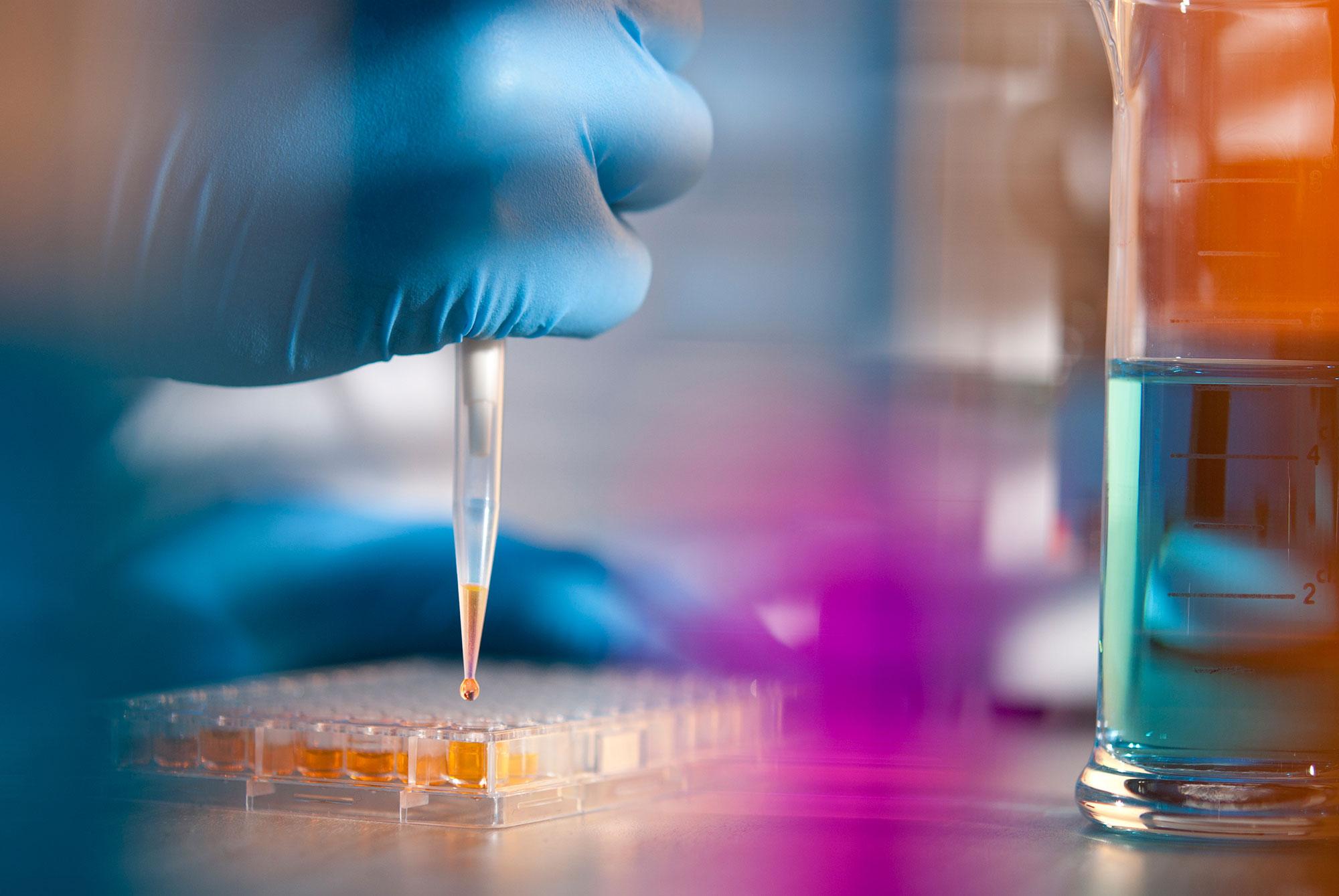Industrial Enzymes: Unlocking the Potential of Green Chemistry Practices

Enzymes are complex biomolecules produced by living cells to drive biochemical reactions and have gained widespread application in diverse industries in recent times. Industrial enzymes have emerged as efficient biocatalysts to enable green manufacturing techniques that are environment friendly as well as economically viable. Their usage has opened new avenues to substitute traditional chemical processes.
Unique Properties of Enzymes
Enzymes derive from microbial, plant or animal sources and catalyze reactions with high substrate specificity and reaction rates close to diffusion-controlled limits. They operate under mild conditions of pH, temperature and pressure and are considered renewable resources. Enzymes also introduce stereo- and regio-selectivity in reactions which are difficult to achieve via chemical means. With enzymes, only desired products are formed without generation of toxic byproducts.
Application in Food and Beverage Industry
The food and beverage industry has significantly leveraged Industrial Enzymes for processing of raw materials as well as manufacturing procedures. Carbohydrases like amylases, cellulases and pectinases are extensively used in breaking down complex carbohydrates and fibers present in cereals, fruits and vegetables into simpler sugars. Proteases and lipases facilitate hydrolysis of proteins and fats. These help in extraction of sugars from sugarcane and sugar beet, production of high fructose corn syrup, clarification of juices and brewing of beers and wines. Other enzymes aid baking, production of dairy and meat products.
Advancement in Textile Sector
Industrial enzymes have revolutionized textile processing by enabling eco-friendly techniques as alternatives to harsh chemical methods. Cellulases and pectinases pretreat natural fibers to soften and fibrillate cellulose for improved dye uptake and lustre. Proteases remove protein-based impurities from cotton efficiently. Amylases play a major role in bio-desizing and bio-stoning processes thereby reducing water pollution. Use of enzyme-based techniques over chemical processes reduces energy consumption and effluent generation in the wet processing stages of textiles.
Use in Detergent Formulations
Enzyme-containing powders and liquid detergents have made cleaning tasks highly efficient by removing tough stains at lower washing temperatures. Proteases, amylases, cellulases and lipases degrade proteins, carbohydrates and fats present in dirt, food residues and skin oils. This enables detergents to clean effectively even under mild wash conditions thereby saving costs as well as conserving energy. Their temperature and pH stability allows use in both laundry and dishwashing applications. Moreover, detergents with enzymes generate less waste and foam, making them ecofriendly.
Prospects in Paper Industry
Enzymes have the ability to partially degrade both cellulose and hemicellulose components of plant fibers. This has opened up new applications in pulp and paper industry especially for deinking of waste papers. Hemicellulases and pectinases are used to remove ink adhering strongly to fibers during recycle paper processing. Amylases and proteases remove starch and adhesive residues. Enzyme-based deinking is a low cost, non-polluting substitute for conventional alkaline washing with bleaches and surfactants. It yields better paper quality with minimum fiber damage.
Future is Green with Enzymes
With focus rising on green chemistry principles globally, industrial enzymes industry is projected to grow substantially in the coming years. Growing commercial demand for bioethanol, biopolymers and fine chemicals will boost enzyme consumption. Genetic and protein engineering efforts are helping design novel enzyme catalysts with increased thermostability, activity and specificity for expanded applications. Advances in immobilization techniques also prolong enzyme lifespan facilitating repeated use. Undoubtedly, industrial enzymes will play a pivotal role in building a sustainable future by enabling green manufacturing technologies.
Get More Insights On Industrial Enzymes
- Art
- Causes
- Crafts
- Dance
- Drinks
- Film
- Fitness
- Food
- Giochi
- Gardening
- Health
- Home
- Literature
- Music
- Networking
- Altre informazioni
- Party
- Religion
- Shopping
- Sports
- Theater
- Wellness
- IT, Cloud, Software and Technology


